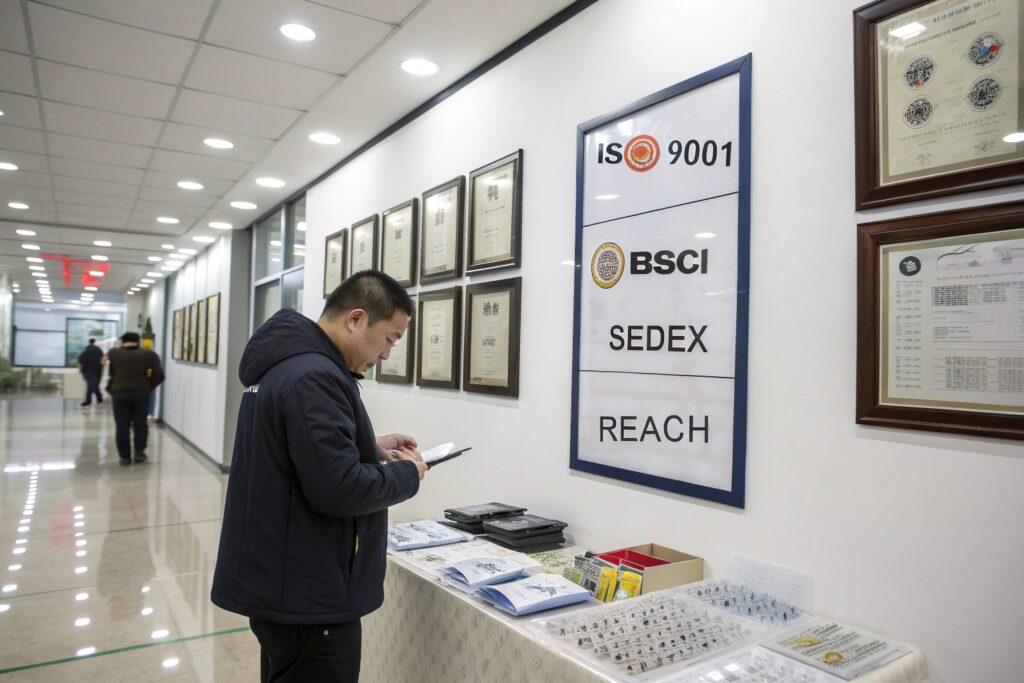In today’s market, buyers face overwhelming product choices—but trust and safety win every time. If you're sourcing hair accessories, you need more than just pretty clips; you need proof of compliance.
A qualified hair accessories supplier should provide certifications like ISO 9001, BSCI, Sedex, and relevant safety testing reports (REACH, CPSIA, etc.), proving commitment to quality, ethics, and regulatory compliance.
As the founder of a Chinese hair accessory factory, I’ve worked with global brands that demand not just low prices but reliable documentation. Let me show you what certifications truly matter—and how to avoid factories that fake them.
Are hair accessories in demand?
Fashion moves fast, but hair accessories are here to stay. They’re not just decorative—they’re daily essentials, statement pieces, and brand identity tools.
Yes, the global demand for hair accessories continues to rise, driven by e-commerce, fast fashion, and social media trends. From claw clips to silk headbands, buyers want both function and fashion.
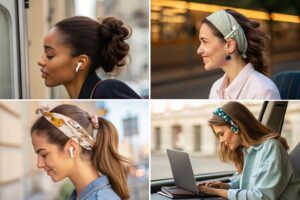
Why are hair accessories booming globally?
There are three main reasons:
- Affordability: Unlike apparel or shoes, hair accessories are low-cost impulse buys, making them perfect for online stores and gift shops.
- Customization: Buyers love seasonal designs, limited collections, and logo branding—something hair accessories offer easily.
- Trends on platforms: TikTok, Instagram, and Pinterest constantly push new styles into the spotlight—Y2K claw clips, pearl barrettes, boho headbands, etc.
At HairAcc, we receive 20–30 custom project requests weekly from influencers, Amazon sellers, and supermarkets looking for quick-turn trendy items.
What markets are driving demand?
The biggest importers include:
| Region | Trend Drivers | Popular Products |
|---|---|---|
| United States | TikTok, Amazon, beauty culture | Claw clips, scrunchies |
| Europe | Minimalist & retro aesthetics | Pearl clips, headbands |
| Russia | Glam & luxe appeal | Bow clips, veils |
| Southeast Asia | Practical daily use | Elastic ties, pins |
Wherever the trend originates, one thing is certain: hair accessories will remain a high-volume, high-margin category in 2025 and beyond.
What is considered a hair accessory?
Before diving into quality control and certifications, we must understand what counts as a hair accessory—because that affects safety regulations and compliance needs.
A hair accessory is any wearable item designed to secure, decorate, or organize hair. This includes clips, pins, ties, bands, scarves, chains, veils, and more.
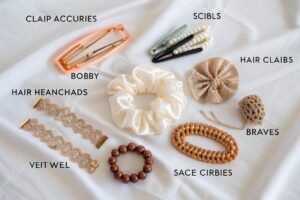
Why does this definition matter?
Different product categories fall under different safety standards. A simple elastic tie may require less certification than a metallic hairpin or a headwrap sold in children’s stores.
If your product contains:
- Metal or plastic parts: You may need heavy metal or phthalate testing (REACH, RoHS).
- Textiles: You may require OEKO-TEX or similar fabric safety reports.
- For children: CPSIA in the US, EN71 in the EU become mandatory.
That’s why we at HairAcc always ask new clients:
“Who’s your target market? Where will it be sold? Children or adults?”
From there, we tailor both the product and its compliance roadmap.
Examples of common classifications
| Product | Material Base | Common Certification Needed |
|---|---|---|
| Plastic claw clip | Plastic | REACH, Prop 65, RoHS |
| Pearl bobby pin | Metal/Resin | Heavy metal test, CPSIA |
| Cotton headwrap | Textile | OEKO-TEX, AZO dye test |
| Elastic ponytail tie | Rubber/Fabric | CPSIA (for kids), REACH |
This helps reduce risk for our buyers and smooths the customs clearance process.
What hair accessories are in right now?
Fashion waits for no one—and when it comes to hair accessories, buyers want what’s trending today, not six months ago.
The hottest hair accessories right now include oversized claw clips, satin scrunchies, minimalist headbands, pearl hairpins, and silk scarf wraps, reflecting a mix of Y2K, retro, and luxury aesthetics.
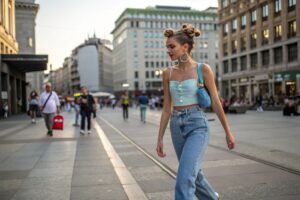
What’s trending in Q2 and Q3 of 2025?
Here’s what’s dominating our order sheets right now:
- Oversized Matte Claw Clips: Durable, colorful, and made from eco-friendly resin.
- Satin & Velvet Scrunchies: Often sold in packs of 3–5 for gift boxes.
- Padded Headbands: Minimalist and often monocolor—great for TikTok shops.
- Pearl & Gold Pins: Especially for bridal or occasionwear lines.
- Silk Hair Scarves: Printed, hand-rolled edge, often in boho or vintage styles.
Trends shift fast, so we help clients by offering:
- Trendboards per quarter
- MOQ test runs (300–500 pcs)
- Fast sampling under 7 days
Why does trend awareness matter for certification?
Because if you launch a trendy product that lacks proper labeling or fails customs, you lose the moment. Our compliant process ensures that every fast-fashion product we make also passes safety checks, which is critical for Amazon or supermarket entry.
What are the different types of hair ornaments?
Hair ornaments aren’t just practical—they’re culturally significant, fashion-forward, and sometimes even heirlooms. Understanding the variety helps you choose the right certifications, materials, and factory partners.
Hair ornaments come in various types including barrettes, bobby pins, claw clips, headbands, hair sticks, tiaras, chains, veils, turbans, scrunchies, and decorative combs—each with different material, design, and compliance needs.
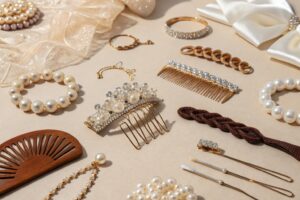
How do we classify hair ornaments?
We sort them based on usage, material, and audience. For example:
- Functionality: Is it purely decorative or does it hold the hair?
- Material type: Plastic, metal, textile, mixed?
- Age group: Kids’ accessories need stricter compliance.
Here’s a breakdown from our internal product library:
| Type | Function | Target User | Material | Test Needed |
|---|---|---|---|---|
| Pearl Barrette | Decorative + hold | Women, brides | Metal, Resin | REACH, CPSIA |
| Velvet Headband | Fashion statement | Teen, adult | Fabric, plastic | AZO, OEKO-TEX |
| Hair Stick (发簪) | Traditional styling | Adult, cultural use | Wood, plastic | Formaldehyde, RoHS |
| Turban Headwrap | Full head wrap | Fashion, Muslim | Cotton, spandex | OEKO-TEX, AZO dye |
| Lace Veil Clip | Event accessory | Brides, teens | Lace, plastic | Fiber composition |
We offer over 2,000+ SKUs in these categories, all customizable and test-compliant.
Why do certifications vary by type?
Each hair ornament touches different parts of the body, carries different risk, and is sold under different retail laws. For example:
- A tiara sold in a costume kit needs toy-grade safety tests.
- A metal hair stick for adult use may just need heavy metal checks.
- A baby headband requires stretchy, soft fabric plus choking hazard evaluations.
That’s why our QC team includes both inspectors and compliance officers. Every product gets mapped to its market’s rules—before it leaves the factory.
Conclusion
Whether you're a boutique brand or large retailer, understanding what quality certifications matter for your hair accessories ensures compliance, customer trust, and faster market entry. Work with factories like HairAcc that treat certifications as part of the product—not an afterthought.

